Sugar and Kids
- By Healthy Living Liberty Lake
- •
- 29 Aug, 2017
- •

If your kids are like my kids, they love sugar. Sugar and more sugar – they could eat it all day long. It really is such an addictive substance, lighting up the same areas in the brain that heroin does.
The problem is, our kids, just like us, are getting overweight and inactive. When I was a kid, the second we got home from school we would be outside playing, until called in for dinner. But now? It’s TV and video games while snacking. As their waistlines are getting bigger, some of them are already developing plaque in their arteries and lifelong conditions such as heart disease, asthma, and diabetes. If you don’t want this for the youngsters you love, there’s a new study you need to know about.
Researchers have found that it’s possible to completely reverse years worth of health damage to kids, starting in as little as 10 days.
The secret? Just cut out sugar. According to the study, just published in the journal Obesity, children who cut back on their sugar intake saw significant improvements in their blood pressure, cholesterol readings, and other markers of health in just 10 short days. For the study, scientists recruited 43 children between the ages of 9 and 18 who were at a particularly high risk for type 2 diabetes and related disorders.
On average, the kids had been getting about 27 percent of their daily calories from sugar (over a fourth of their calories from sugar!!). but when dietitians lowered the sugar intake to about 10% of daily calories (which is still too high, if you ask me), the changes were remarkable. Bad cholesterol fell by 10 points. Diastolic blood pressure fell by 5 points. Triglycerides dropped 33 points. And their blood sugar insulin levels vastly improved.
The study showed that you can turn a child’s metabolic health around in less than two weeks without cutting out calories – just by taking the added sugars out of their diet. And if you have a child or grandchild in your life who you’re worried about, I’d say go ahead and give the 10-day switch a try.
The changes come fast – and they can last a lifetime.
And by the way, the same advice applies to us parents and grandparents!
By Dr. Susan Ashley, M.D.

By Dr. Susan Ashley, MD

By Dr. Susan Ashley, MD

Opiates taken long term also leads to a reduced pain threshold, meaning a person on them will feel pain at a much earlier level than someone else.
There's a lot of interest now in using cannabis to reduce chronic pain, and studies have shown they can be quite effective for neuropathy, migraines, spasticity and joint pain.
However, it doesn't always work, and now a new study shows why.
Then at the end of the 4 years, the people who used cannabis for pain had greater pain severity scores They also found that the meds and other remedies taken for pain were less likely to be effective. In addition, they had greater generalized anxiety disorder severity scores. The bottom line-- the cannabis users were not able to decrease the use of narcotics. Why?
Because of the well known fact that chronic narcotic use decreases pain threshold. In fact in some people the threshold becomes so low that even minor pains can seem intolerable. In essence, the narcotics cancel the pain relieving effects of the cannabis.
Chronic opiates should be avoided as much as possible in chronic pain. Tolerance develops quickly, addiction can occur, and pain threshold is lowered. If you have chronic pain, use other modalities first to try to alleviate the pain. This includes cannabis, acupuncture, anti-inflammatory drugs, weight loss, energy medicine, and stem cells. We have used IV stem cells for reduction of neuropathy pain with good effects.
By Dr. Susan Ashley, MD
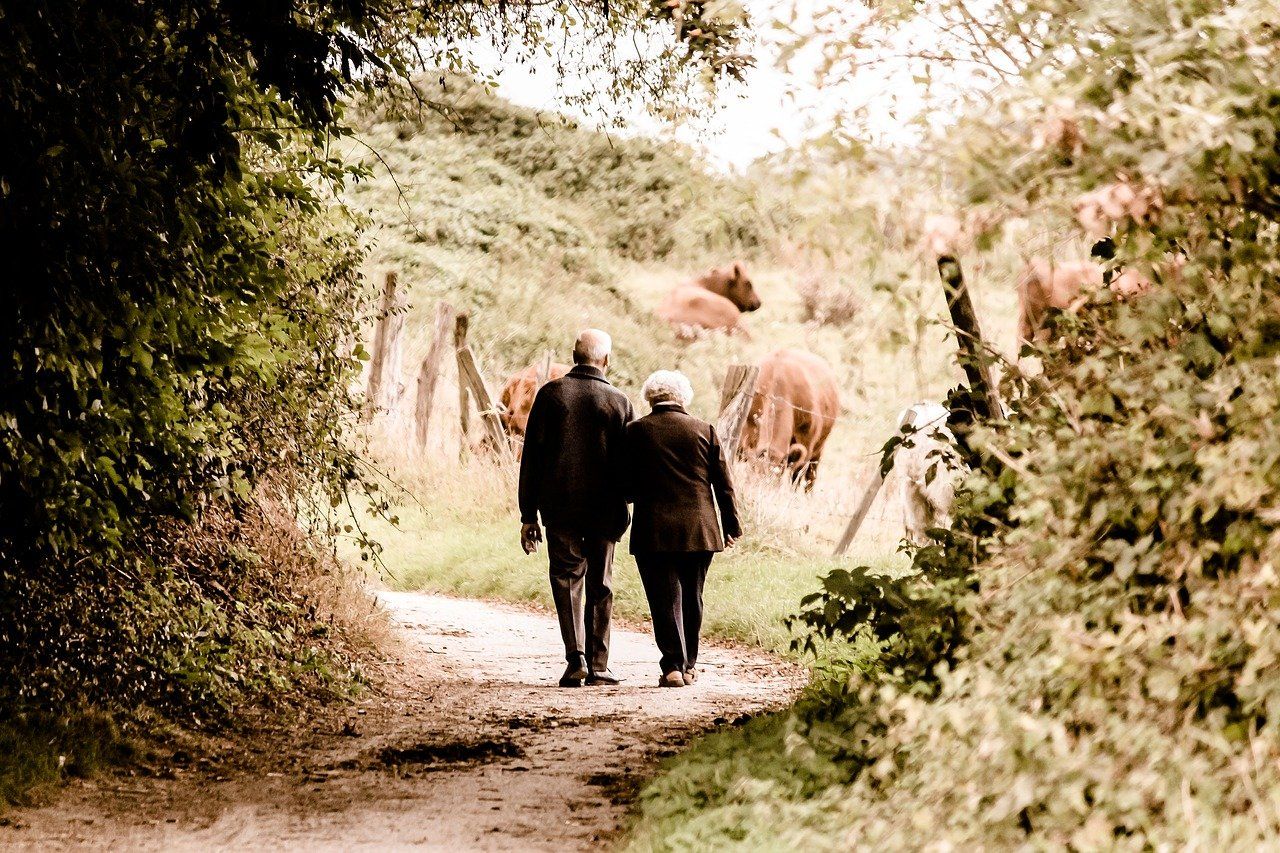
Not only that, but those who walked at a fast pace reduced their risk of death even further, by 24 percent.
All it took was putting one foot in front of the other a little more quickly!
And when the researchers zeroed in on cardiovascular disease deaths among participants over age 60, the results were even more striking.
Compared to the slowest walkers, average-paced walkers slashed their risk of dying from cardiovascular disease by 46 percent -- and the fast-paced walkers slashed it by a whopping 53 percent.
Now, the study didn't determine exactly how walking at a faster pace can add years to your life. And how fast do you have to walk just to hit the "average" mark? How brisk is brisk?
In the study, a "fast" pace was defined as one that makes you slightly out of breath or sweaty when sustained. That could vary depending on how much you weigh, how much sleep you got, how much you ate earlier in the day, etc. So there was no exact speed such as 3 mph or 4 mph.
By Dr. Susan Ashley, MD
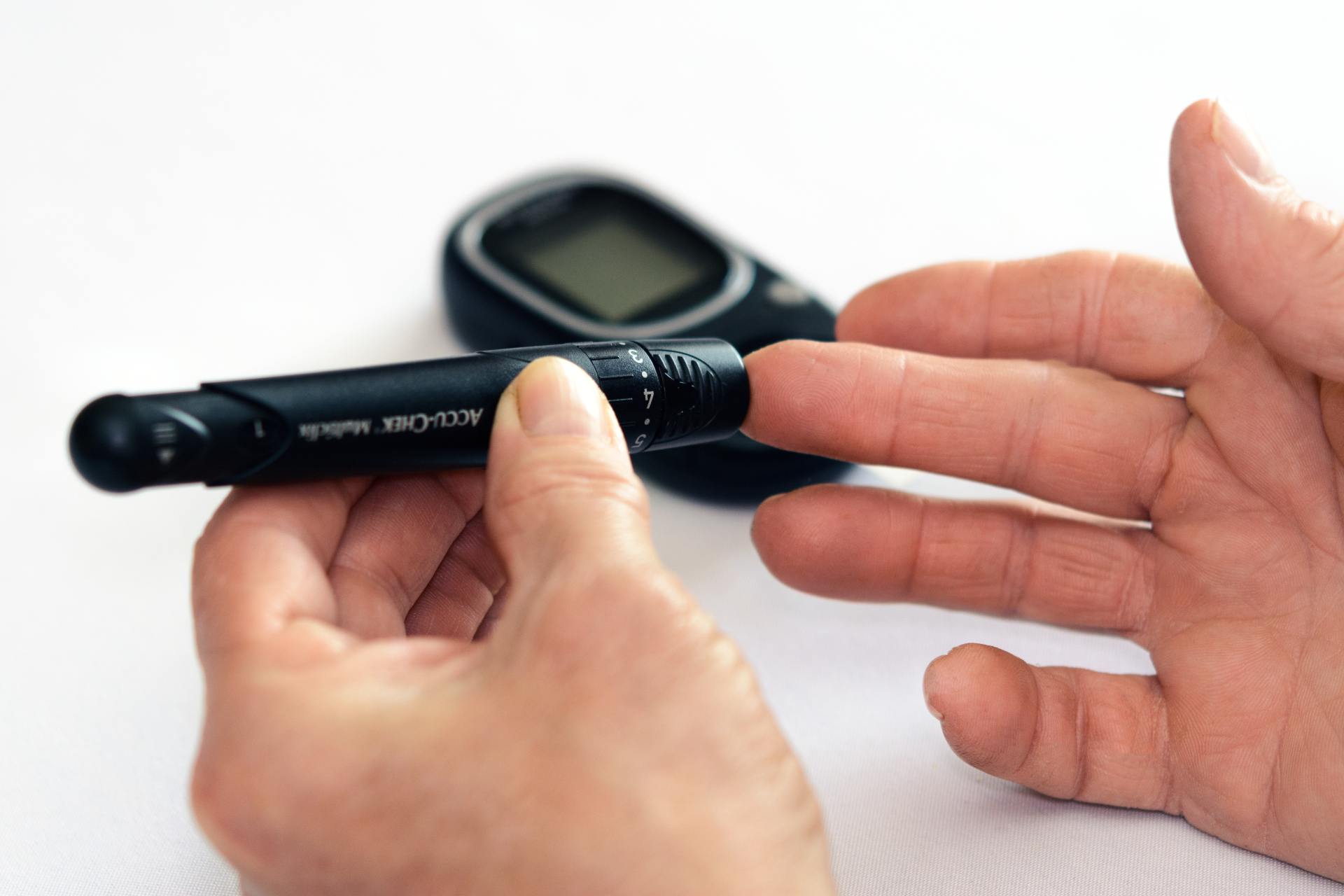
By Dr. Susan Ashley, MD
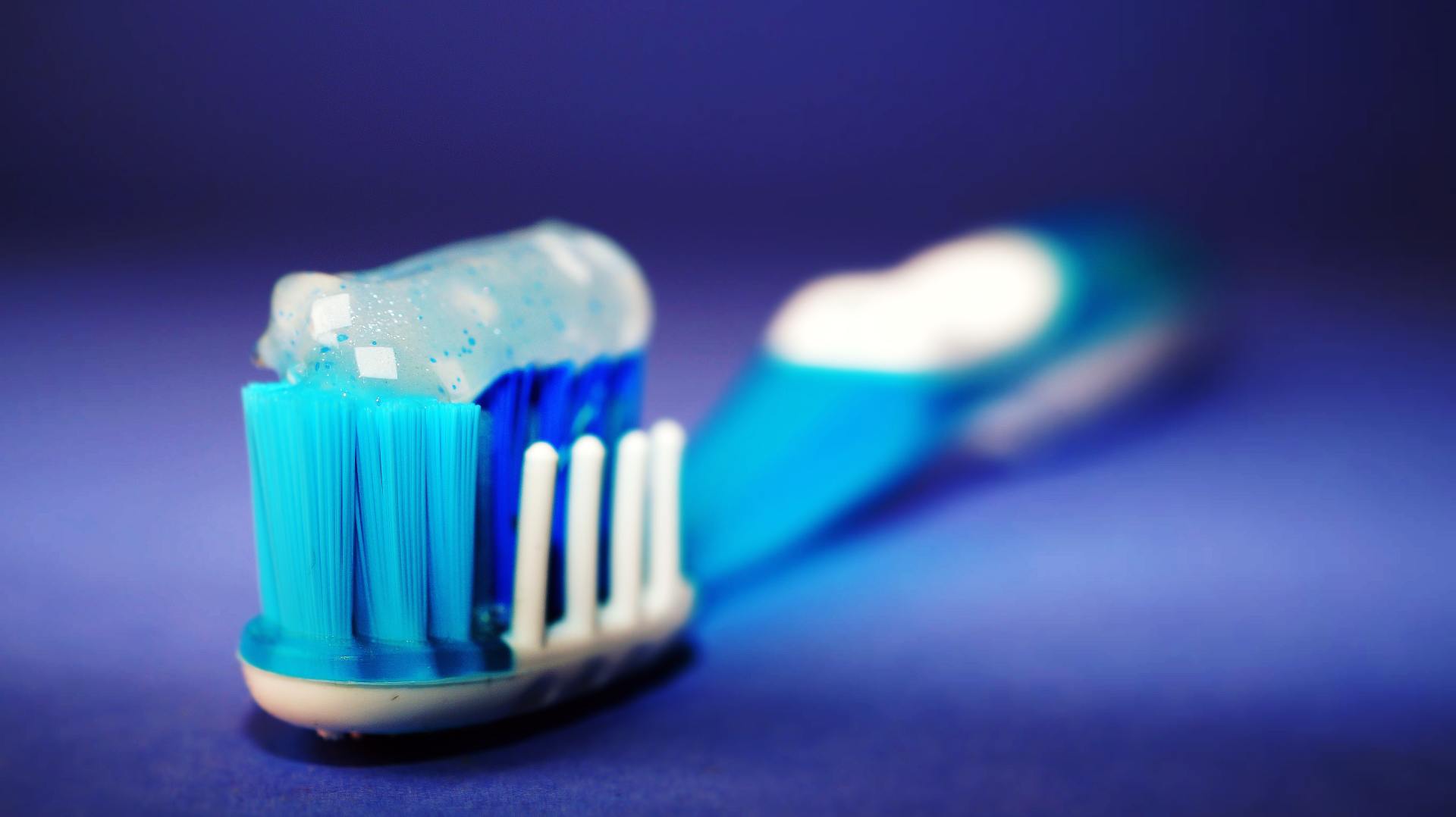
Side effects of triclosan include:
- About 1/2 cup coconut oil
- 2-3 Tablespoons of baking soda
- 2 small packets of stevia powder
- 15-20 drops of peppermint or cinnamon essential oil
- 10 drops myrrh extract (optional)
Natural Toothpaste Instructions
- Melt or slightly soften coconut oil.
- Mix in other ingredients and stir well. If using semi-hard coconut oil, use a fork, if not, use a spoon. If you are using completely melted coconut oil, you will need to stir several times while the mixture cools to keep the baking soda incorporated.
- Put mixture into small glass jar (I make different ones for each family member)
- Let cool completely.
- To use: dip toothbrush in and scrape small amount onto bristles. Could also use a small spoon to put on toothbrush.
By Dr. Susan Ashley, MD

By Dr. Susan Ashley, MD

By Dr. Susan Ashley, MD
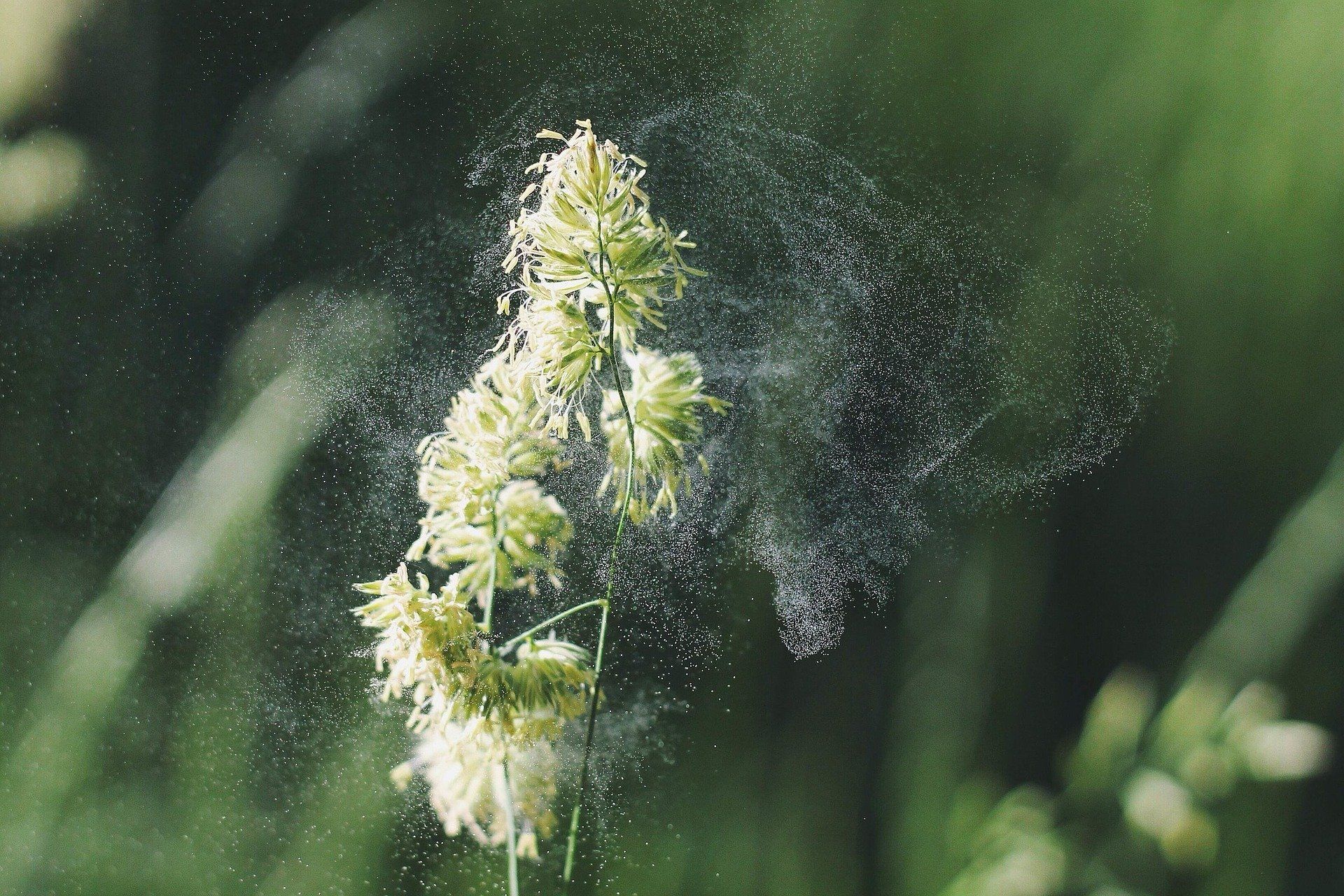
By Dr. Susan Ashley, MD
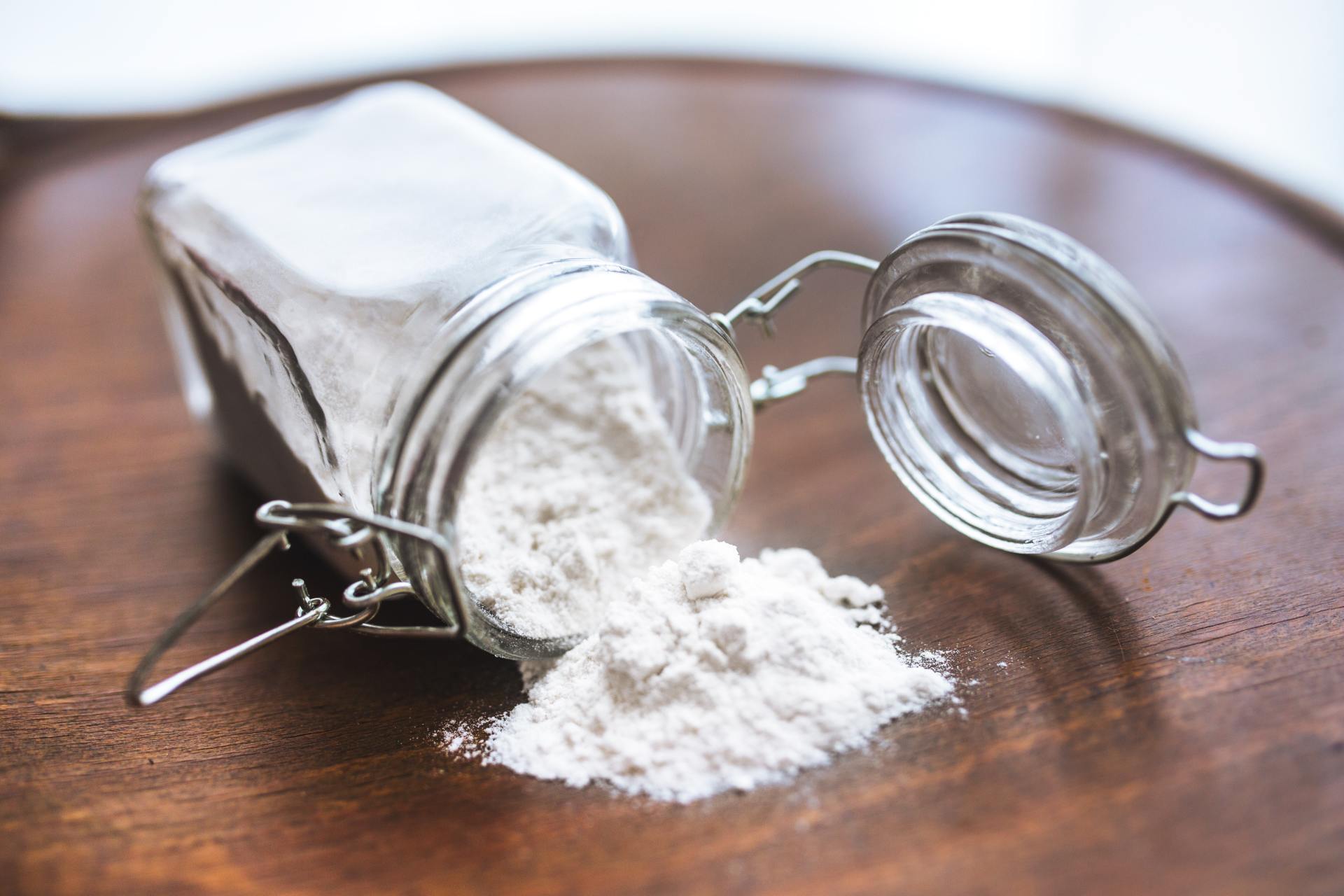
By Dr. Susan Ashley, MD
